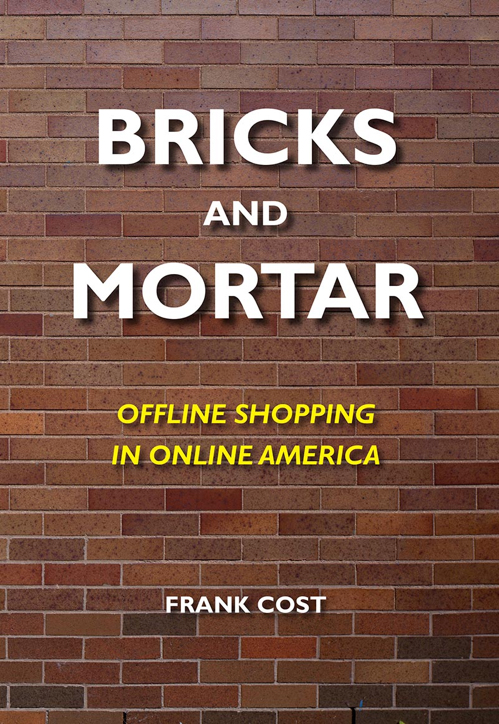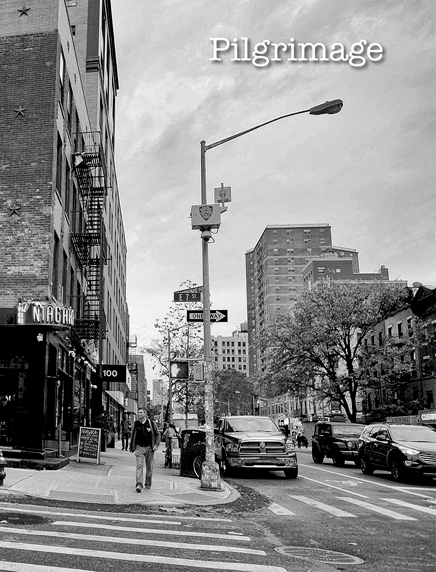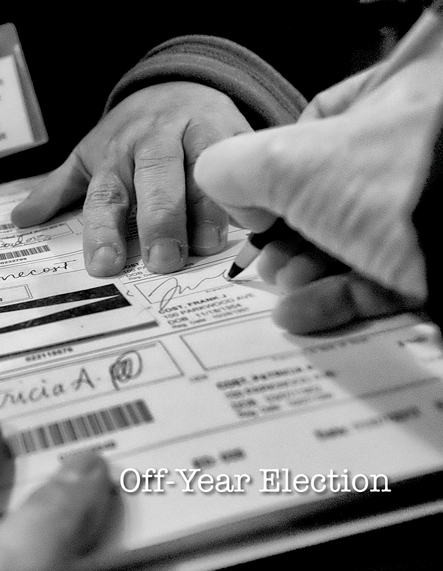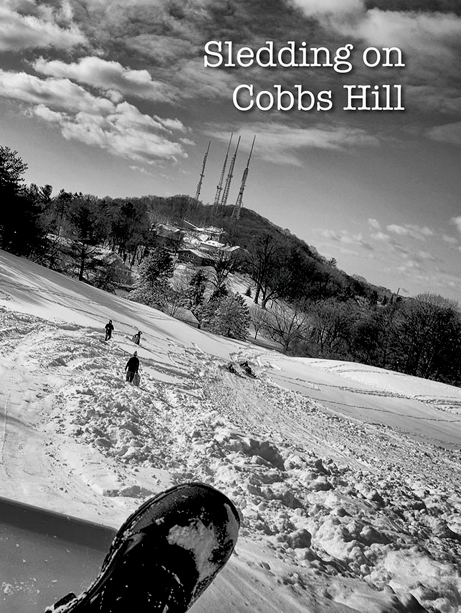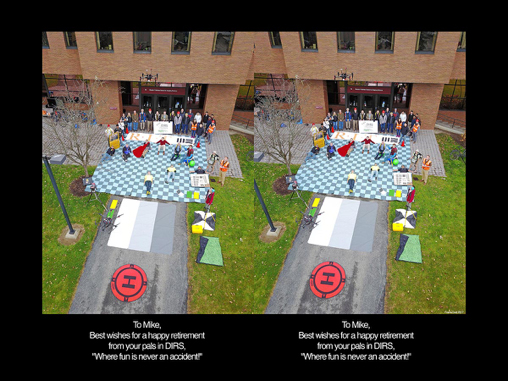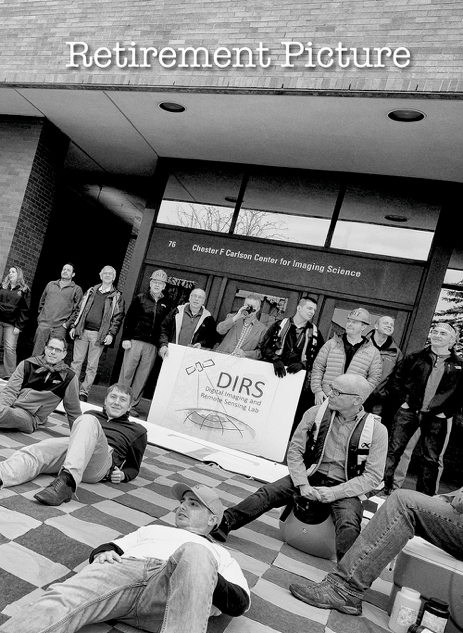Faculty News: Prof Frank Cost shares the origins of his Interest in the Photobook
Twelve Years of Instant Photobooks
by Frank Cost
James E. McGhee Professor
School of Photographic Arts & Sciences
Rochester Institute of Technology
Twelve years ago, on Valentine’s Day 2006, I was riding in the back of a taxicab in the South Indian City of Chennai and I wanted to capture a video clip of the vibrant and colorful street scenery rushing by my window. But I didn’t have my video camera with me.
I decided that the next best thing to a video clip would be a continuous sequence of still images that could be viewed in rapid succession on the camera monitor to recreate the illusion of movement. I pointed the camera out the window and recorded a sequence of images of the passing scenery until the internal buffer was filled. At five frames per second, the camera recorded 110 frames in 22 seconds.
The sequence of images made a short jerky movie that conveyed a hint of the visual experience, but hardly something worth writing home about. However, the individual images, recorded in the brilliant morning light of Chennai with a small aperture and fast shutter speed, contained a myriad of fascinating details that begged to be studied in a careful inspection of each frame. Thus was born the first of my “instant photobooks,” a book I titled Twenty Two Seconds in Chennai.
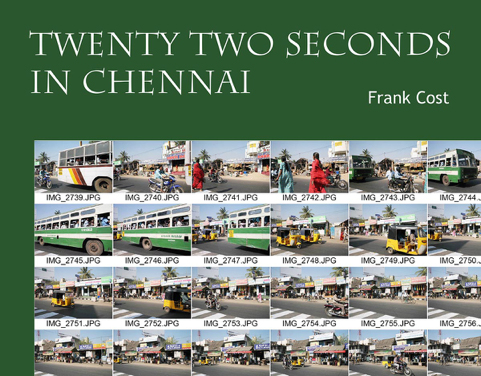
The original movie made from 110 frames can be viewed on
YouTube: https://www.youtube.com/edit?o=U&video_id=O__50pkGcsQ
It so happened that this book came at a moment in the evolution of on-demand digital color printing systems manufactured by Xerox, Kodak, HP, Océ and others, when these manufacturers were looking for new ways to promote the digitally-printed photobook as the future of the photofinishing industry. Xerox produced an abbreviated version of the Chennai book for the massive 2007 IPEX print industry trade show in Birmingham, England. I re-titled the book Thirteen Seconds in Chennai to reduce the page count so it could be printed quickly on the trade show floor. The book was a huge sensation, and became one of the coveted collectibles from that trade show. It also propelled me into a new obsession, thinking of ways to quickly, almost instantly, transform visual experiences into the contents of printed books.
The Instant Photobook Project resulted in a flood of titles over the next few years, and got me invited to speak at conferences in North and South America, Europe and Asia. But the project also changed my idea of what interested me most about photography. I began to enjoy more and more the kinds of images made by my camera when I was not in control. At first I became entranced by the idea of unaltered sequences of pictures recorded automatically. I became a bit of purist, eschewing any editorial meddling. In my introduction to Twenty Two Seconds in Chennai, I posited a manifesto of sorts. “Could it possibly be true that a sequential collection of photographs acquired almost automatically in less than half a minute has more credibility than a deliberately crafted and meticulously edited picture story? I think that in one important respect, the answer to this question is yes. By removing the controls normally exercised by the photographer and the editor, the subject is liberated. Each frame in this book speaks for itself. There is no evidence of selection or manipulation on the part of the photographer. No editor’s hand, influenced by any aesthetic, commercial, or political agenda, determined the content of these pages.”
While I still think there is some merit to this argument, I have loosened up my rules as my Instant Photobooks have evolved. I now carefully select the images that best tell a story from among massive numbers of frames collected using an interval timer.
Eight years after the Chennai book, I spent a month in the late spring and early summer of 2014 wearing a GoPro camera shooting still frames on a two-second interval timer every time I went shopping. In that month, I recorded 9,100 frames during more than five hours of elapsed time shopping in twelve different retail venues. Of these frames, I selected 618 for a book entitled “Bricks and Mortar: Offline Shopping in Online America.” The book has 382 pages in color, and although each chapter is a kind of “instant book,” there is nothing instant about the complete book. Plus a book with such a large number of color pages is also very expensive to produce.
I have been searching for ways to get back to the original spirit of the Instant Photobook. The formula I’ve settled on allows me to make a 100-page book in a few hours and publish it on Amazon through their CreateSpace.com platform for less than $5.00. I use a Fujifilm X-T1 mirrorless camera with a 14mm ultra-wide lens shooting on a one or two-second interval. The Fuji 14mm lens (21mm full-frame equivalent) eliminates the fisheye distortion of the GoPro, and is completely unobtrusive when innocently hanging from my neck. I designed an Adobe InDesign Template that allows me to simply drag and drop selected frames into a new book. The low cost of printing is made possible by printing in black and white. My Amazon Prime account allows me to see a printed proof of a new book in three days postage free.
From this new technology platform, a new series of instant photobooks has begun to emerge. Each book documents a familiar experience that might otherwise go unnoticed.
The photographs in Pilgrimage were captured during a journey from 28th Street on the West side of Manhattan to the East Village where one of my kids spent his college and young adult years.
Off Year Election documents the experience of voting in the 2017 election in our district in Brighton, New York.
Sledding on Cobbs Hill is about an experience familiar to everyone who grew up in snow country.
This past fall I used this technique to generate the content for an instant photobook while shooting a stereo group portrait from the air using one of the camera drones borrowed from my aerial photography course. The group shot was a going-away gift for Mike Richardson, who retired as a research scientist from the Digital Imaging and Remote Sensing Laboratory in the Chester Carlson Center for Imaging Science at RIT. Mike was presented with the group photograph and stereo viewer at his retirement celebration, as well as with the instant book I made from the images shot surreptitiously during the aerial shoot.
This stereo poster was made from two consecutive frames captured by a DJI Mavic Pro aerial drone about five feet apart.
Retirement Picture was made from images captured automatically with my Fujifilm X-T1 camera and 14mm lens while I made the drone pictures for the above stereo image. My instant book workflow made it possible to produce the book in less time than the photograph.
After twelve years, I continue to be intrigued by the possibilities of creating instant photobooks that tell unexpected stories in new ways.
-30-
